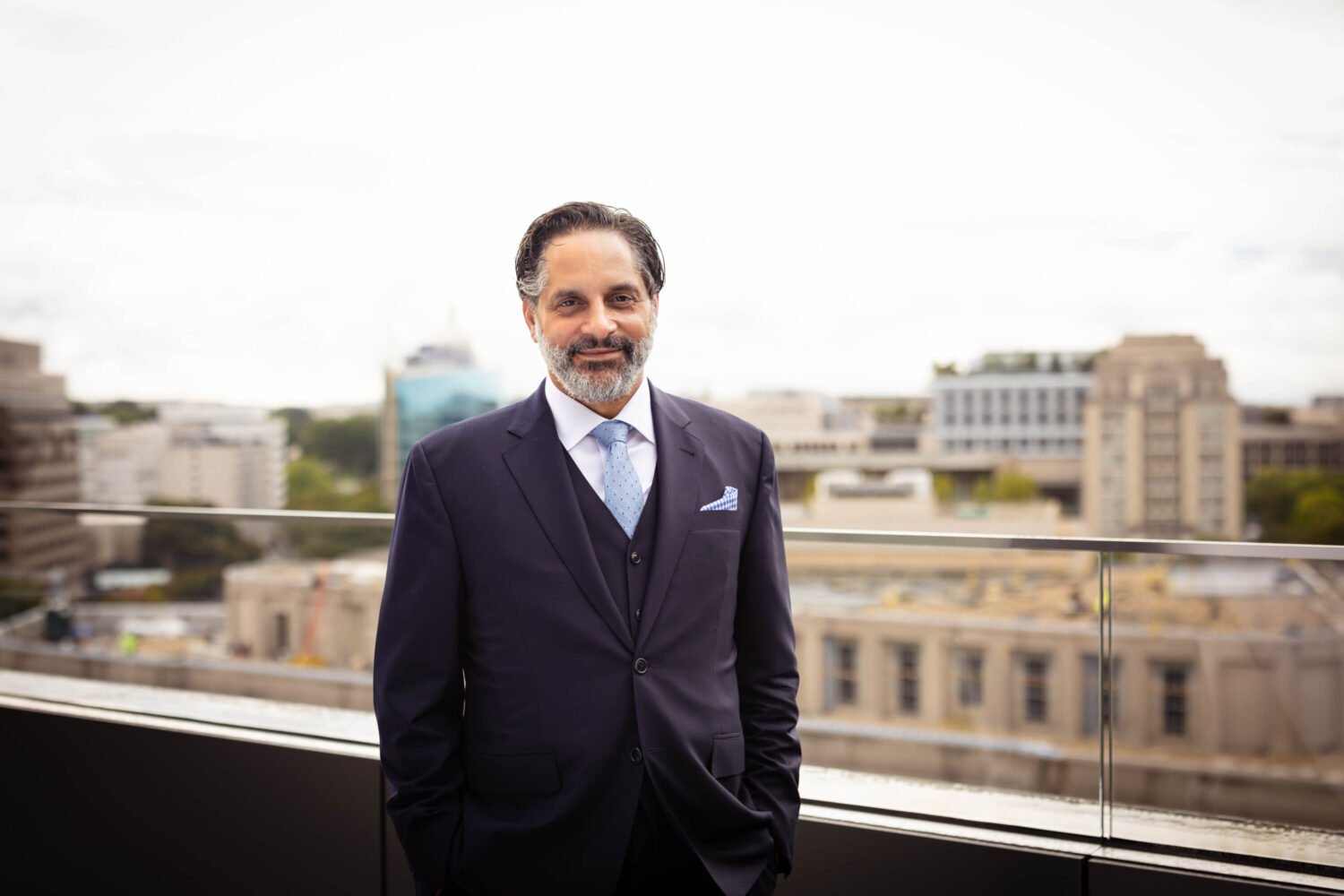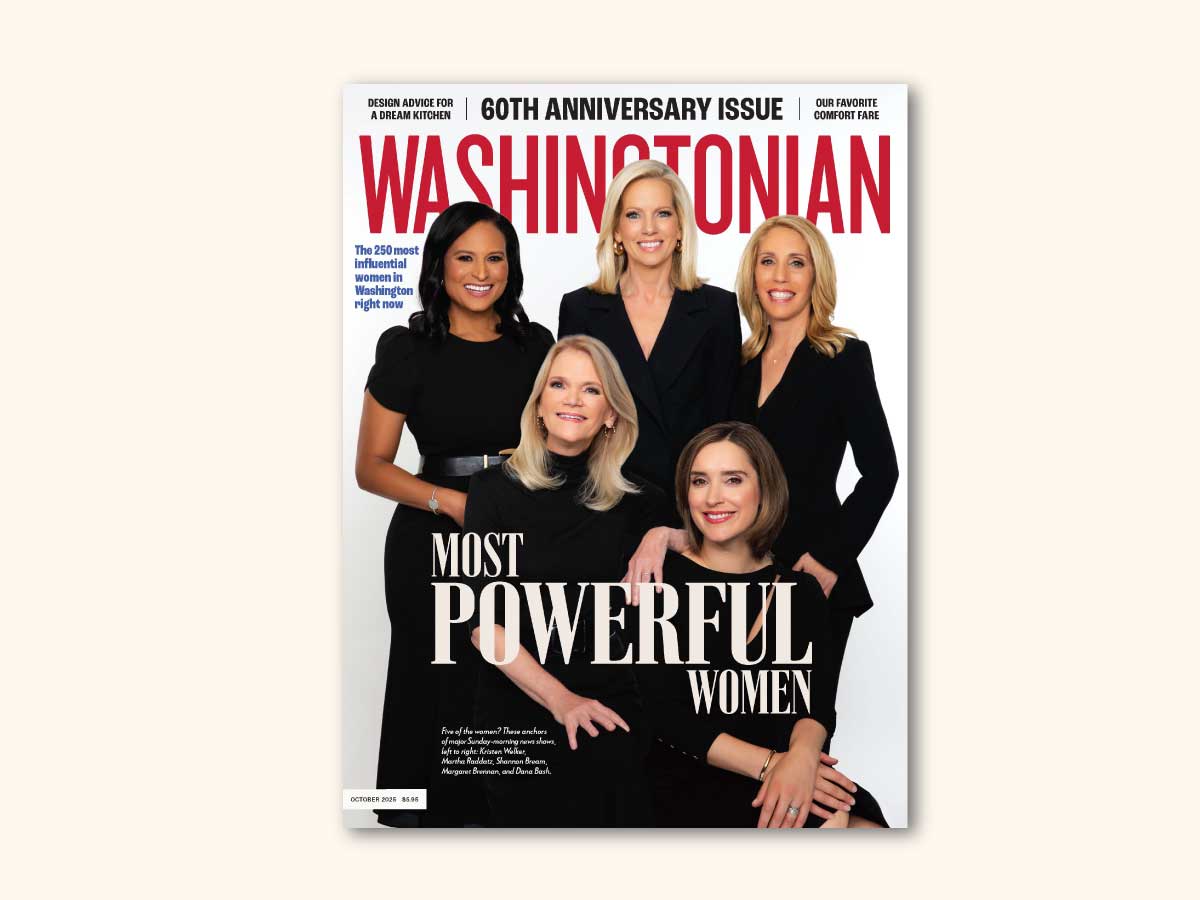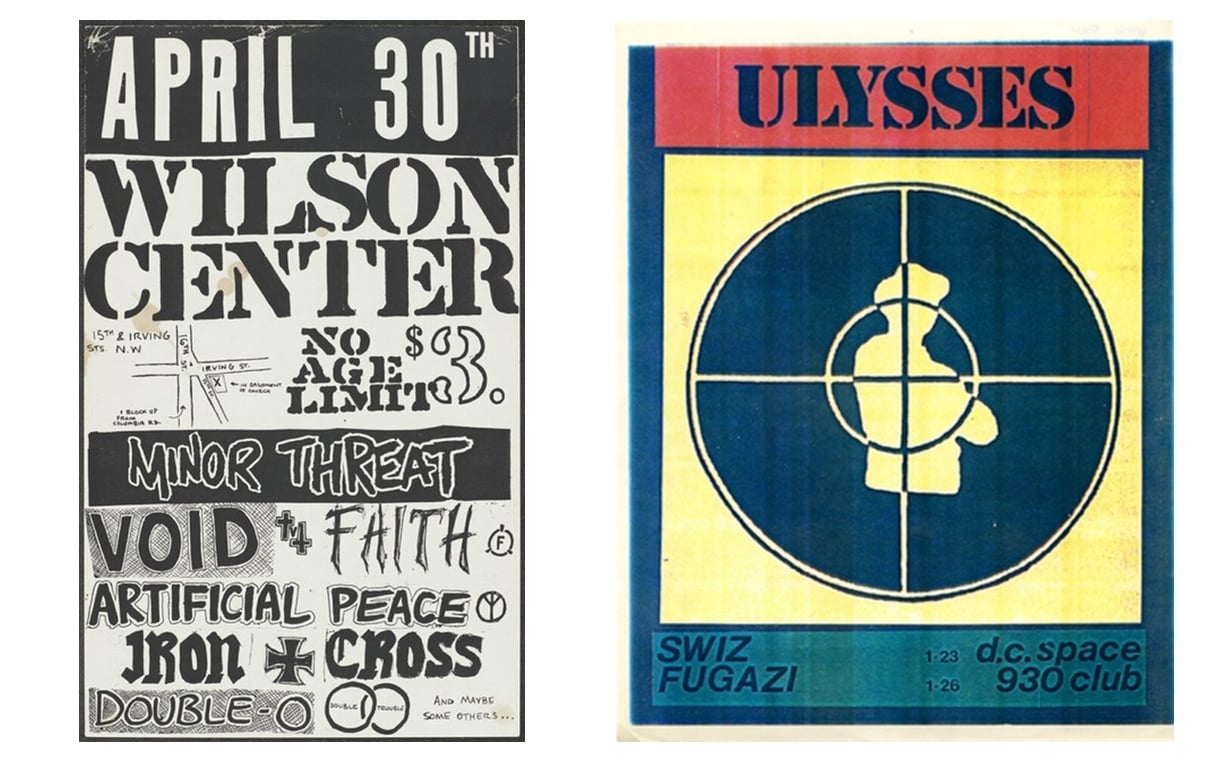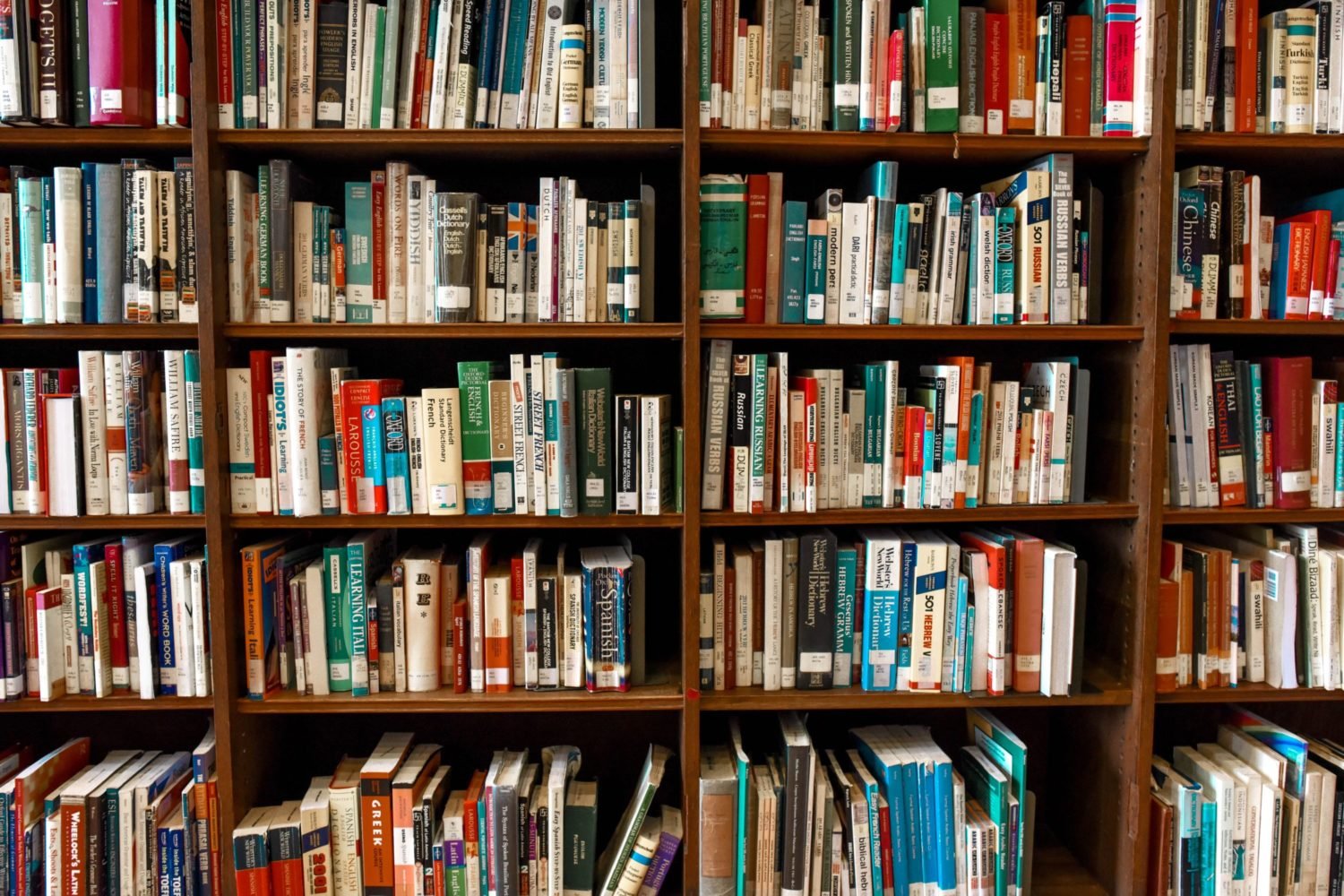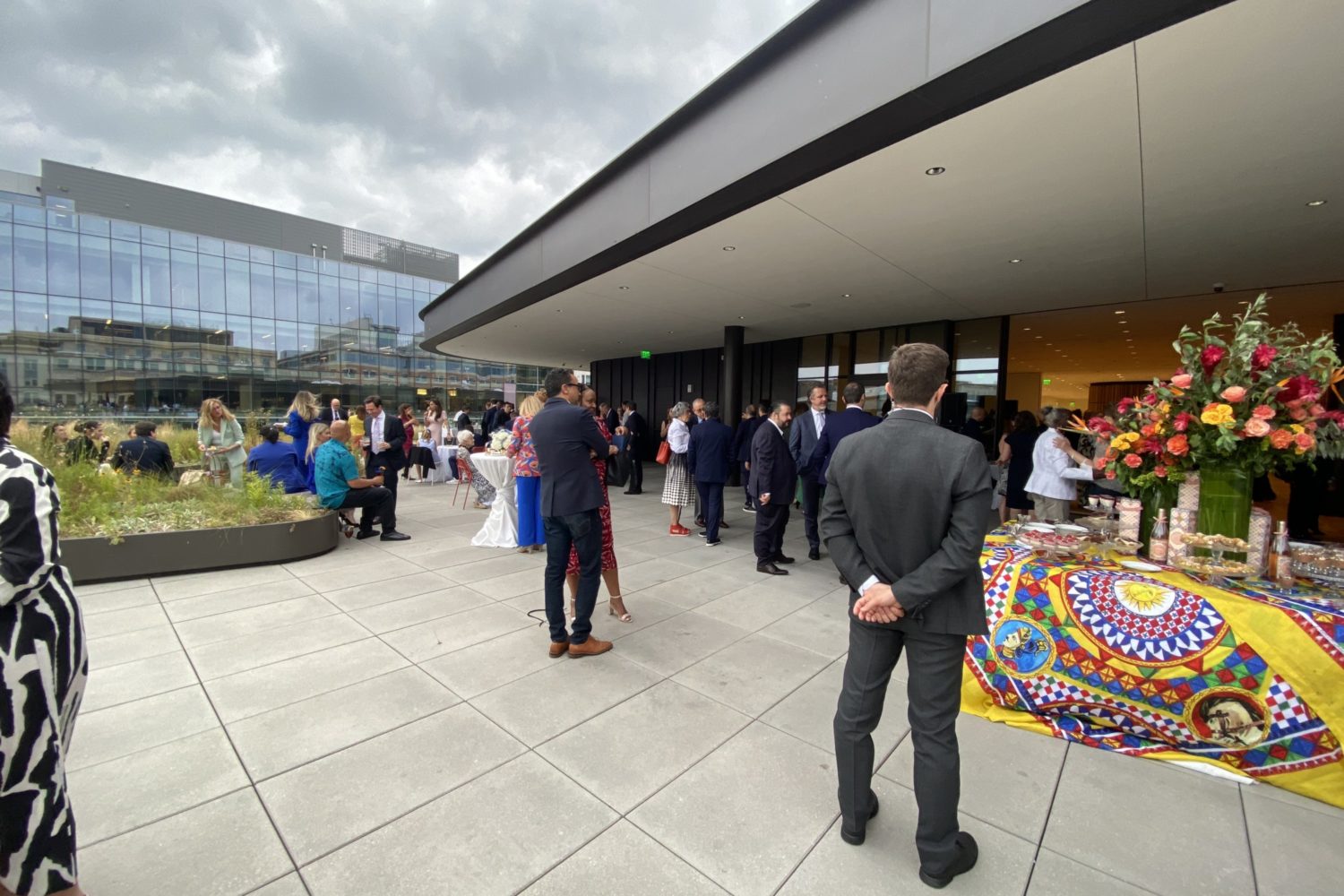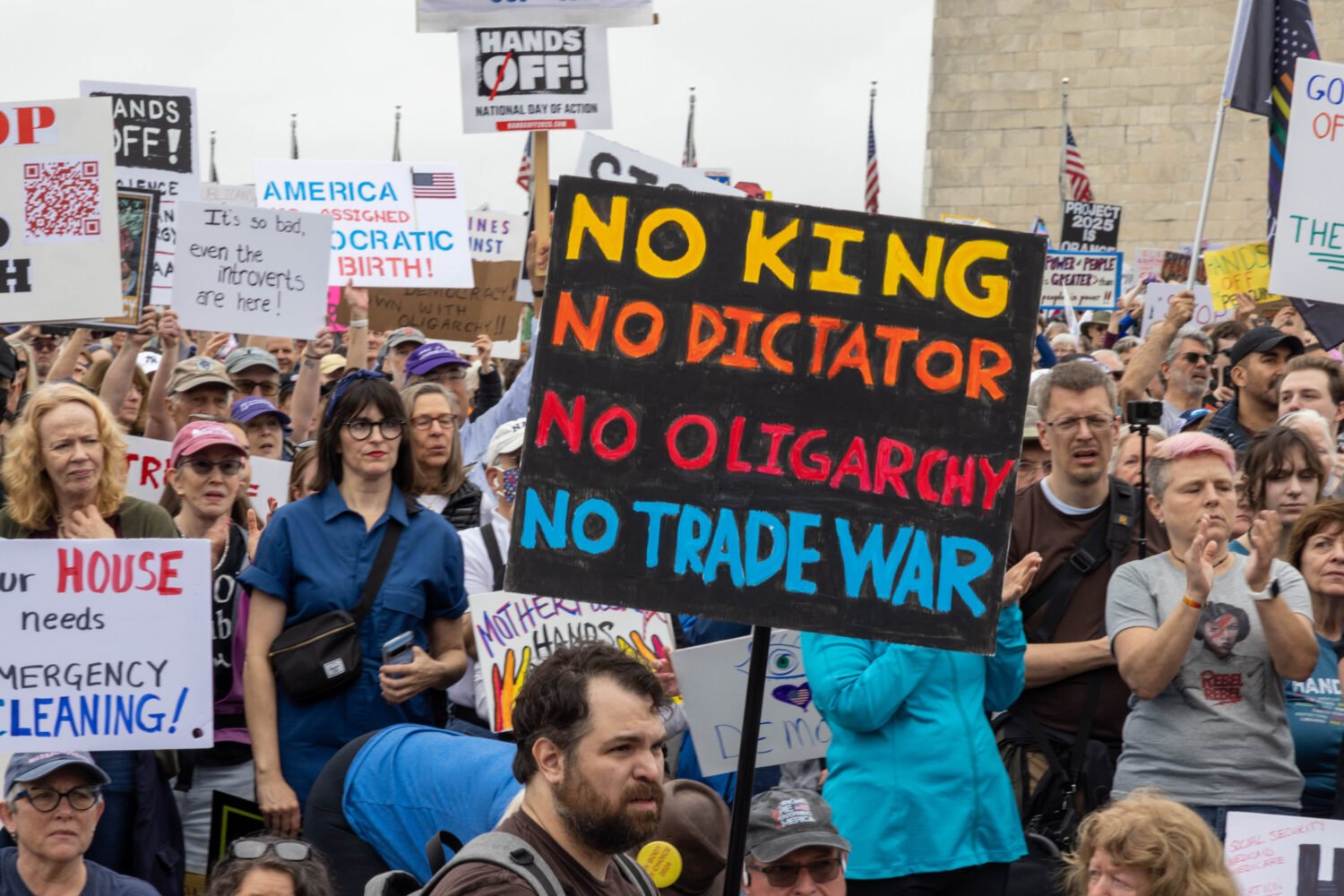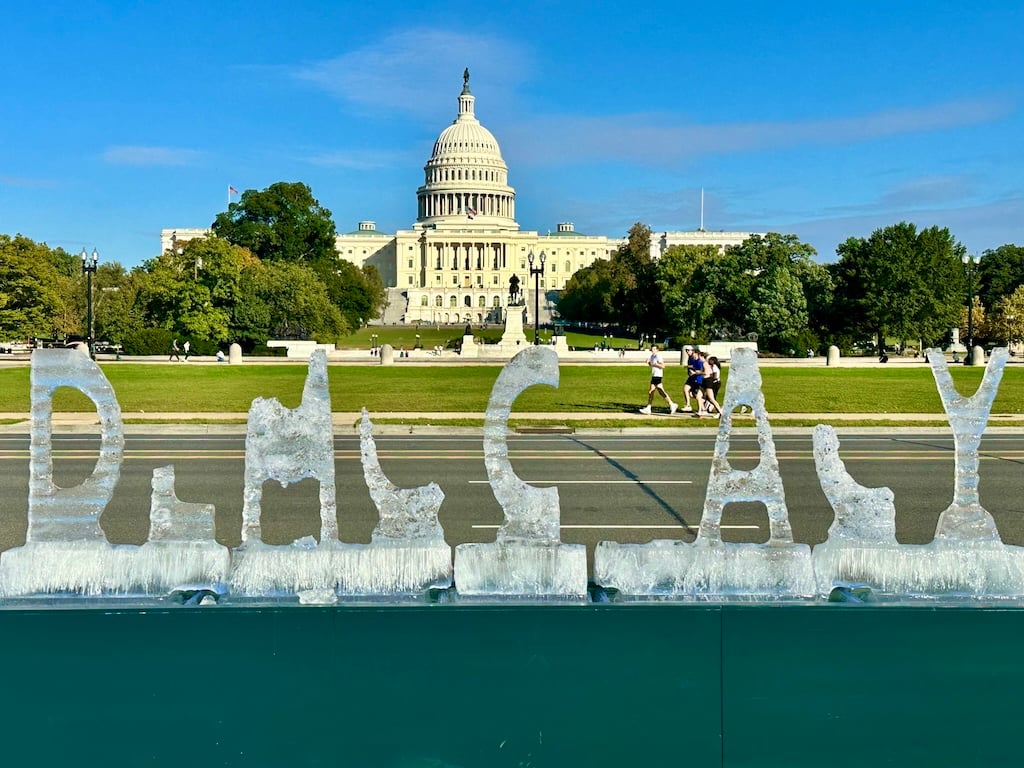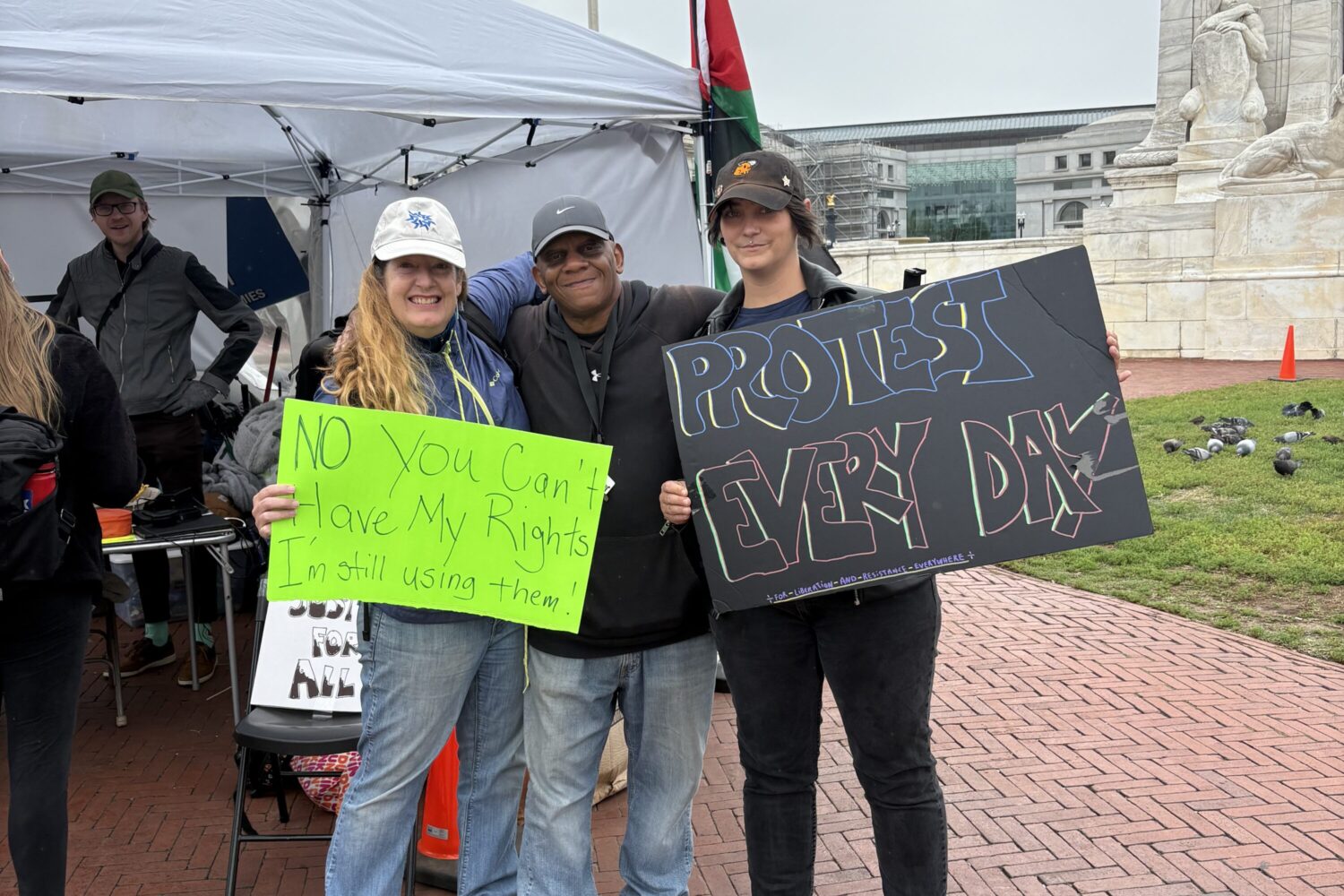I recently spent a Saturday afternoon checking out a swanky new building in Cleveland Park. Its sleek exterior—all glass, brick, and limestone—strikes a bold profile in a neighborhood not exactly known for contemporary architecture. Inside, light pours into the lobby, which is lined with white marble and rich wood panels. A row of plush armchairs is arranged below hanging lights, recalling a third-wave coffee shop more than a public institution. A graceful staircase leads to a roof deck overlooking a plaza, where rain gardens are filled with lush plants.
Did I mention there are books, too? This luxurious space is actually the new Cleveland Park Library, which opened on Connecticut Avenue last summer. It’s one of a slew of new libraries that have cropped up in the District over the past decade, as the city has undertaken a project to renovate or rebuild each of its 24 branches.
The initiative has already paid off with a series of striking designs that have added to the character of their neighborhoods. The Tenley-Friendship Library, with its distinctive rust-orange fins, offers upper Wisconsin Avenue a shot of color. The Woodridge Library, on Hamlin Street, Northeast, has a white-webbed roof deck that doubles as an unlikely concert venue. The West End Library, at 23rd and L, Northwest, has a vast street-side reading room that feels like an indoor town square. And the Francis A. Gregory and Bellevue branches have given local architecture a shot of star power, as they were designed by David Adjaye, who also oversaw the National Museum of African American History & Culture. Public buildings, Adjaye once said, “should offer places for people to see beautiful things.”
That was the idea when industrialist and philanthropist Andrew Carnegie built five lavish libraries in the District during the early 20th century, calling them “palaces for the people.” But 25 years ago, Washington’s libraries were in freefall. By the 1990s, several branches had closed due to a lack of heat, broken plumbing, or vermin infestations. Those that remained still had rotary phones and were forced to reduce their hours. At one point, DC Public Library’s website was taken offline because the system couldn’t afford to pay its webmaster.
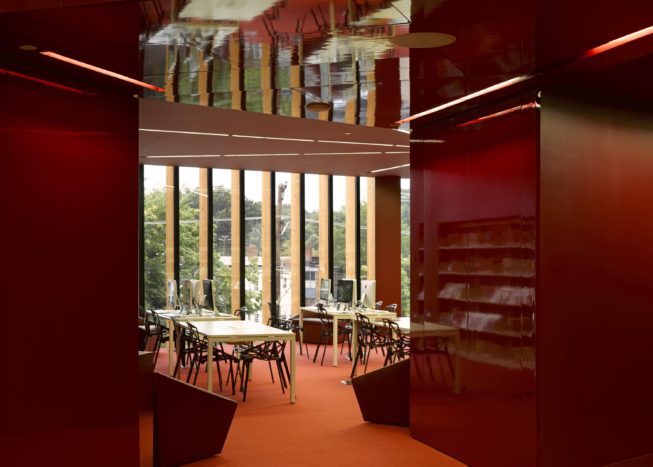 Bellevue. Photograph by Edmund Sumner.
Bellevue. Photograph by Edmund Sumner.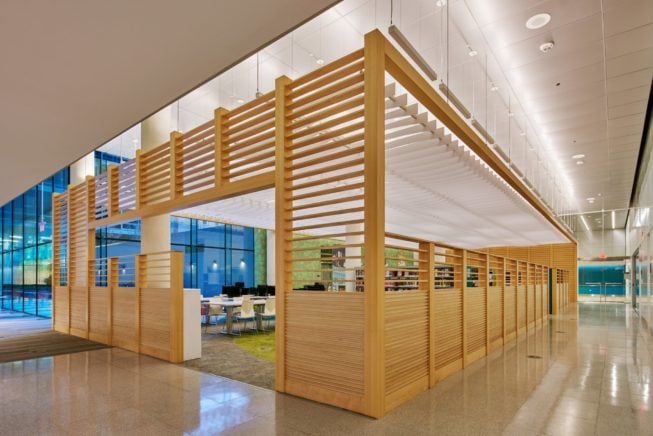 West End Library. Photograph courtesy of CORE Architecture & Design.
West End Library. Photograph courtesy of CORE Architecture & Design.Then in 2004, mayor Anthony Williams decided to turn things around. The problem went beyond crumbling infrastructure. Libraries had once been key hangout spots—for kids after school, for freelancers needing to get out of the house, and for people who just didn’t have anywhere else to go. But in the 1990s, new spaces were supplanting that traditional role. Williams’s expert panel recommended ways to make libraries centerpieces of their communities, such as wi-fi, flexible meeting spaces, and even access to job training. Since then, the city has spent $500 million on its ongoing effort, starting with the Benning branch in 2008. “It is about books,” said task-force member Richard Levy at one point, “but it’s also about the vitality of the city.”
It’s also an irony. By and large, the city’s private-sector-led 21st-century boom has rarely been marked by memorable architecture. A significant number of the exceptions have come from the poky old source of local development that the new, dynamic DC was supposed to have moved beyond: government. And not just any government. The dramatically designed new libraries—like the city’s rebuilt schoolhouses and reimagined rec centers—were built by the District government, the organization blamed for so many of the prior era’s ills.
The centerpiece of Washington’s library transformation will be the 2020 reopening of the system’s flagship Martin Luther King Jr. Memorial Library. The overhaul is being helmed by the renowned Dutch architecture firm Mecanoo, working with the original 1960s design by Ludwig Mies van der Rohe. Like the branch libraries, it will offer spaces that residents will want to seek out, just on a grander scale: a two-story reading room, facilities for music recording and 3-D printing, and a breathtaking roof terrace. It’s the kind of showy space that seeks to bring people together not just from the neighborhood but from across the city.

Still, I find myself drawn to the more modest local outposts, with their individual personalities, small but thoughtful design flourishes, and local-character patrons. For anyone who loves to spend hours flipping through old books, libraries are always comforting spaces. No matter what the environs, you can grab something off of a shelf and—for free!—fly off to a different world.
But DC’s new libraries offer something more than those familiar pleasures. They’re great spaces in and of themselves—places to spend time in, not escape.
This article appears in the March 2019 issue of Washingtonian.







